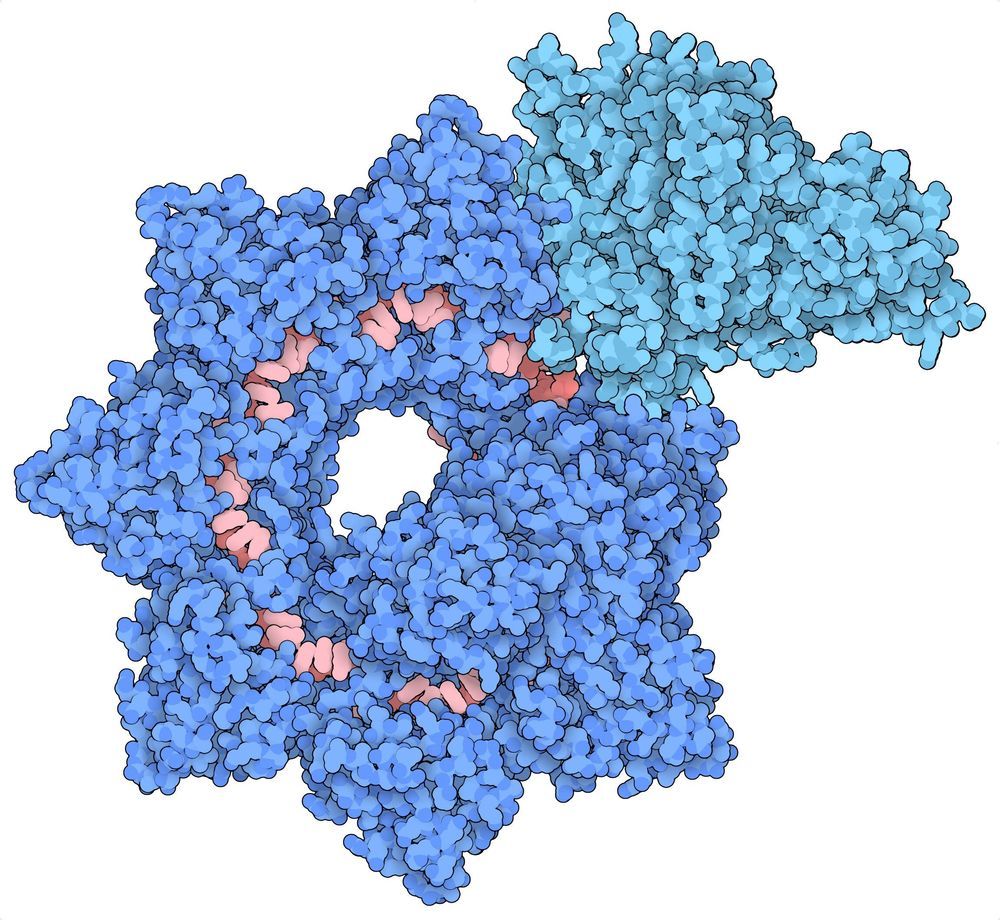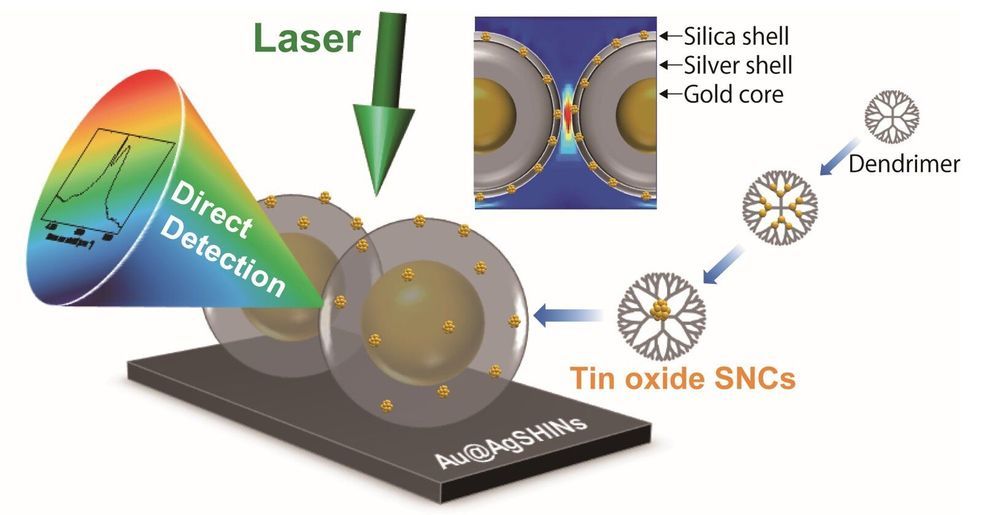Dr Shima Beigi BSc, MSc, MSc, Ph.D. founder of Mindfulness Engineering™️ and ideaXme Rich Connectedness™️ ambassador interviews Dr Jon Finn founder Tougher Minds.
Dr Jon Finn:
Jon began his career in elite sport — mainly professional football, rugby, cricket and golf. His work focused on helping people to perform to their potential. He realised that the same approach could be adapted to help a broader range of people, of all ages and in all walks of life.
So he founded Tougher Minds and began developing and delivering training in education and business to groups of varying sizes. The programmes has reached over 10,000 people during the last decade. The consultancy is now well established in the corporate sector and works with companies in the City of London, the US and Europe.
Tougher Minds’ programmes have been recognised for their effectiveness. This includes the Independent School Association’s Education Initiative of the Year award. We have also advised the Department of Education, and think-tank DEMOS on developing resilience in young people.
“In order to ensure our training is rooted in the most up to date understanding of neuroscience” Dr Finn completed a PhD at Leeds Beckett University in 2015.





